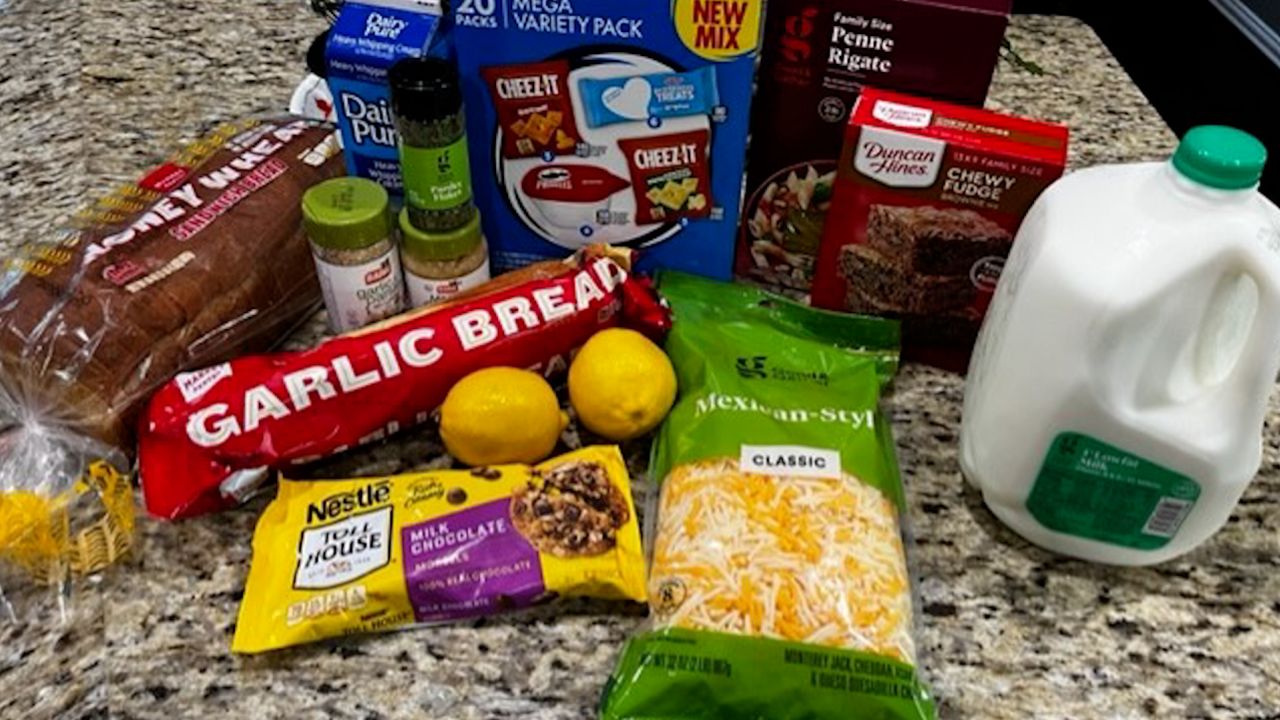A key measure of inflation increased faster than expected in September, raising concerns that the Federal Reserve’s aggressive rate hikes are having limited impact in bringing inflation under control.
The US Producer Price Index, which tracks what America’s producers get paid for their goods and services, rose at an annual pace of 8.5% in September, down slightly from the 8.7% rise in August, the Labor Department reported Wednesday. But the report showed prices rose 0.4% month-over-month.
Economists surveyed by Refinitiv had been expecting the 12-month rise in wholesale prices to slow to an 8.4% increase, and the month-to-month increase to come in at 0.2%, compared to the 0.1% decline in August.
Economists expressed disappointment in the report and what it said about efforts to bring rising prices under control.
“The trajectory of downward-trending inflation data is starting to feel like wishful thinking, as the data has been coming in choppy at best,” said Yung-Yu Ma, chief investment strategist at BMO Wealth Management.
The report gauges prices paid for goods and services before they reach consumers. It is getting particular attention from economists and investors this month because it is being released one day before — instead of after — the Consumer Price Index, the most closely watched inflation report, which measures retail prices.
Energy prices ticked up 0.7% in September, compared to August, after two month-over-month declines in July and August, and food prices posted a 1.2% one-month increase after a slight decline in August. Among the food categories with the biggest increases was 10% for frozen potato products, such as French fries, a 5.5% for pork products other than sausages, and a 2.5% increase for seafood. While these increases represent the wholesale prices, they are likely to be passed on to consumers in the form of higher grocery prices.
Stripping out volatile food and energy prices, the report showed that the prices of other goods were unchanged in September — but the price of services rose 0.4% for the month, ranging from travel to the cost of oil drilling to portfolio management to in-patient hospitalizations.
Core PPI, which excludes food and energy from overall producer prices, registered a 0.3% month-over-month increase and a 7.2% rise over the course of the last 12 months. That was roughly in line with what economists had been forecasting.
The fight to bring down decades-high inflation has become a major concern for the Fed, which has been hiking interest rates at an unprecedented pace in an effort to cool the economy. But there are concerns that the Fed is raising rates too quickly, and that it could soon plunge the US economy into a recession.
“The longer measured inflation stays high, the more the Fed will raise rates, and the more likely they are to push the economy into a recession,” said Bill Adams, chief economist for Comerica Bank.
While CEOs and economists are increasingly convinced a recession is likely, President Joe Biden told CNN’s Jake Tapper on Tuesday that while he doesn’t expect a recession, there is a possibility of a “very slight recession.”
The general public has a somewhat gloomy perspective on economic conditions, according to a recent CNN poll: Just 22% of those surveyed said economic conditions in the country are good, with 41% calling conditions somewhat poor, and another 37% saying they’re very poor. However, 40% said they expect economic conditions in the country will be good a year from now.
US stocks moved lower on the PPI report, as the elevated numbers stoked investor fears that Fed action will bring more pain to the economy and weigh on markets.
Clarification: An earlier version of this story cited a different set of data from the Bureau of Labor Statistics for the monthly change in core PPI. Excluding food and energy prices from overall producer prices, the core PPI rose 0.3% month over month and 7.2% year over year.









